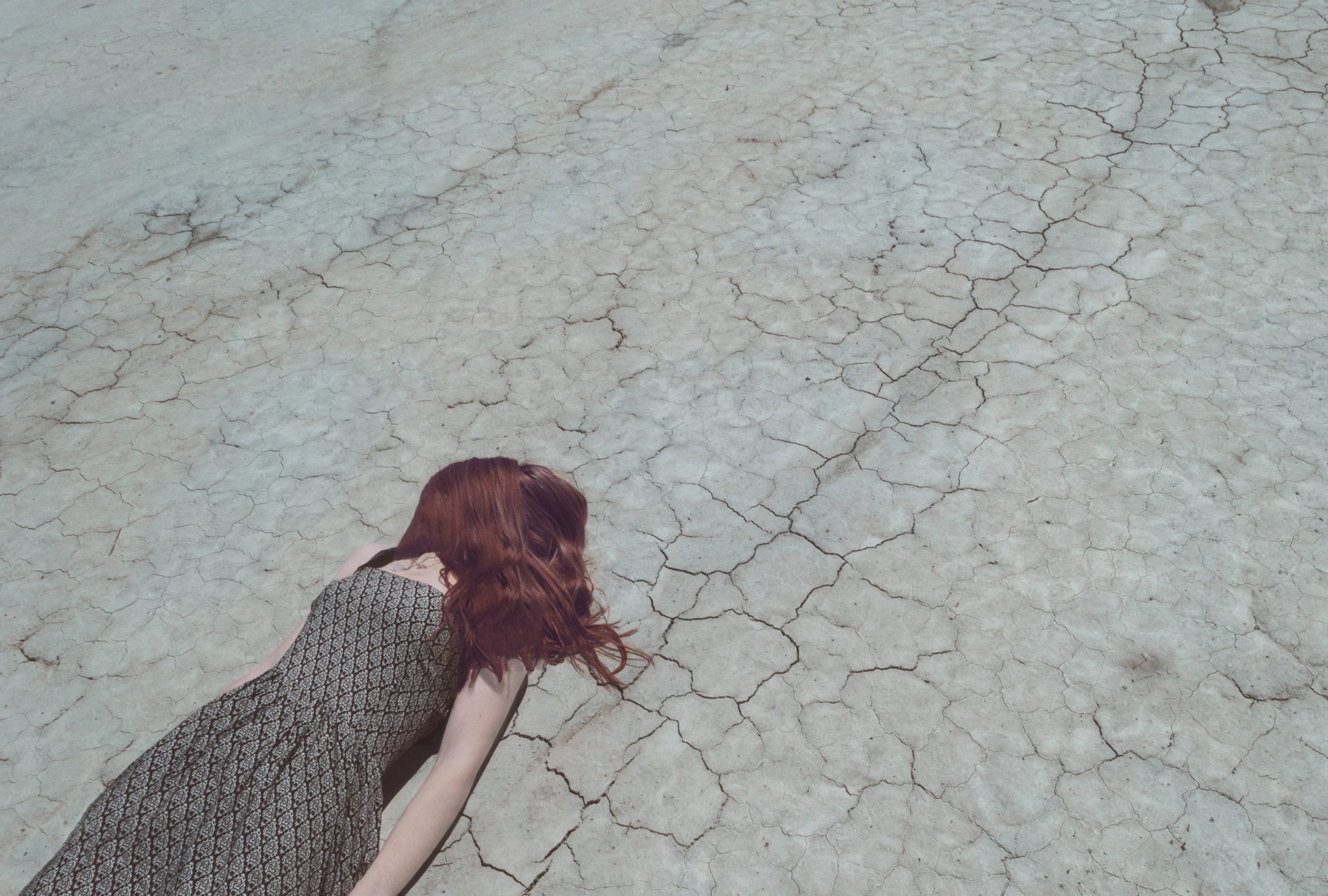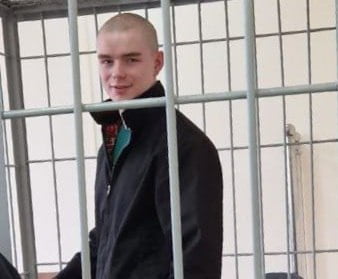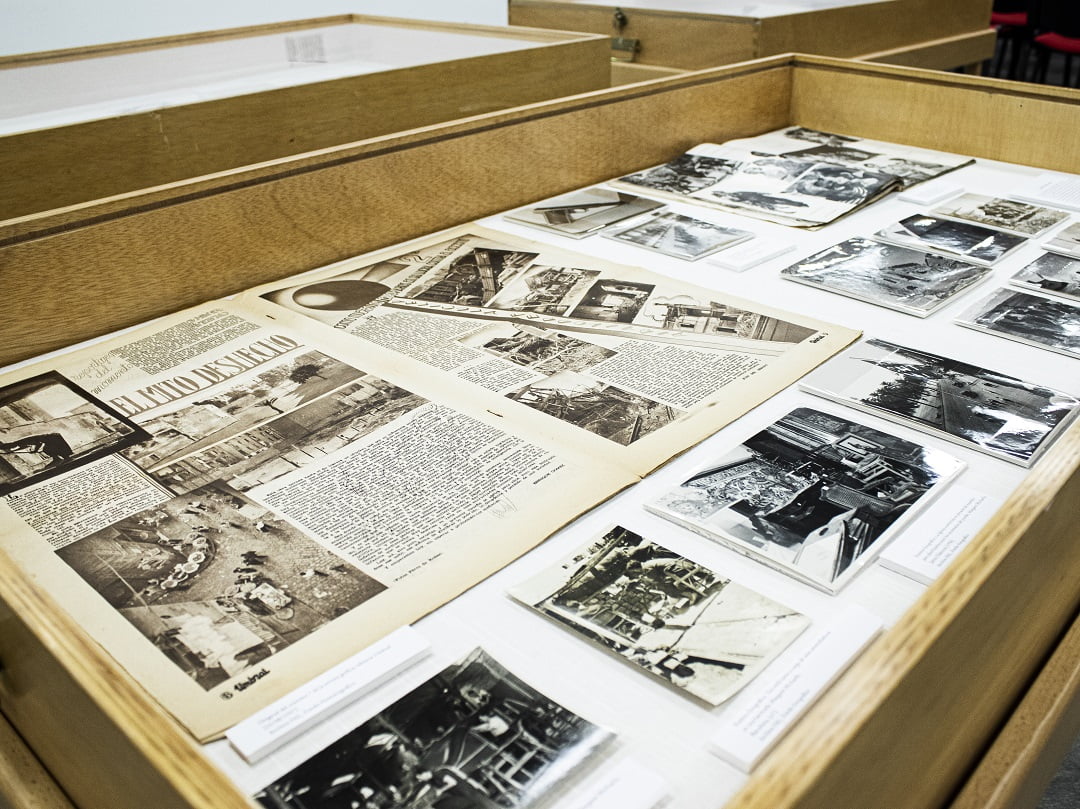There’s been a ton of commentary since the new policing bill was thrust into public consciousness by the police attack on the Sarah Everard vigil in Clapham. A lot of it has drawn comparisons with the struggle against Thatcher’s Poll Tax , a real solid working class victory we can all be proud of. However, it’s unlikely to play out that way. The new bill doesn’t make the mistake of targeting every adult in the country at once. It targets people and groups who have already been demonised in the right wing press: Extinction Rebellion, Black Lives Matter and the GRT community. The lesser known, but more obvious jumping off point would be the campaign against the CJA.
KILL THE BILL
The Criminal Justice Bill 1994 was the last hurrah of Tory law and order before Blair came to power in ’97 . It was an attempt to, in one fell swoop, criminalise a growing counter culture and political movement, aimed squarely at travellers , ravers , eco activists , live exports campaigners, hunt sabs and squatters. Having smashed organised working class power in the 80s with the Miner’s and Wapping disputes the Tories turned the attention to those aforementioned methods of escape from neo-liberalism, and the resistance to it.
It was still possible (for some) to escape from a life of low pay and rental accomodation by squatting or living in a van, undermining the ability of the elite to discipline the working class. If life inside the system was being made intolerable, why not step outside it?
There were emerging new forms of resistance, focussed on ecological issues, the anti -roads and Reclaim the Streets movements are well known, the fight against live exports and the subsequent growth of the animal liberation movement less so.
Meanwhile new forms of “escape the drudgery” hedonism were invented as the rave scene crossed over with the free festival circuit. People getting out of the city and off their heads on the weekend were confronted with the new age travellers and the most subversive truth of all “It doesn’t have to be like this”. Obviously this had to be crushed!
This attempt to push this through as one act was designed to play well with the Tory base (the culture war is nothing new). Michael Howard, the Home Secretary called hunt saboteurs “Thugs, bullies and wreckers”, John Major, P.M said to one Tory conference “New Age travellers, not in this age , not in any age”.
The attempted criminalization of so many at once sparked the creation of genuine grassroots coalition that transformed into an anti capitalist movement. The first year of resistance to the CJB saw mass defiance, mass trespass (including on the roof of parliament!) , raves in Trafalgar Square and riots in Hyde Park. The protest culture it targeted only grew stronger and more radicalised.
The Land is Ours!
Central to this new act and the CJA is the struggle over land: who owns it, who has access to it and who can use it. This is not so much an anti capitalist fight as an anti feudalist one. Wat Tyler would have, in an instant, grasped the essence of this fight, this enclosure. The same struggle engaged in by Gerrard Winstanley, the Kinder Scout trespassers and thousands more.
The CJA created the offence of “aggravated trespass”. Aimed at hunt sabs and tree protestors it criminalised what had been for over a century a civil matter by making trespass with the “intent to disrupt lawful activity” illegal. Other sections of the act gave the police draconian power over temporary encampments. The sections of the act criminalising free parties and the “series of repetitve beats” were also triggered by the landed gentry’s fear of the temporary seizure of the property for illicit purposes.
The new legislation goes much further and simply criminalises the act of trespass itself. This will impact all the same targets and further strengthen the rights of the propertied over the propertyless. Mass trespass and an assertion of our right to the land have to be part of this new (and ancient) struggle.
Extra parliamentary resistance
This time round we find ourselves in the same position, but worse. Half of all the carbon ever emitted by fossil fuel extraction has been since the 90s. The culture war is fiercer. Doom is upon us. With the failure of the Corbyn project we have no parliamentary representation, nor the prospect of any. (Maybe the odd voice, Zarah Sultana or Caroline Lucas, maybe some amendments in the Lords but no prospect of defeating this legislation through parliamentary means). Blair’s government was to enact various expansions of the CJA, with new Police, Criminal Justice and Public Order acts coming thick and fast, each bringing in new restrictions on the right of assembly. A ‘law ‘n order’ Starmer government (however unlikely a prospect) would be much the same.
Resistance has to be on the streets and consist of direct action and disobedience. The act has to be made unenforceable. There were a few big marches in London and even a couple of riots but ultimately the struggle continues. Organised defiance of the act and the support of those victimised for breaking it will be key. It was widely assumed that the introduction of aggravated trespass as a criminal offence would be the final note for its intended targets, the hunt saboteurs. Hundreds were arrested, many taken to court and huge police resources were thrown at ending the sabs, but they’re still here! Thousands more were nicked during the road protests but ultimately it was the Tory road building program that was sunk. Squats are taken and free parties still happen.
Coalition building – the anti roads movement and anti capitalism
The coalition against the CJA morphed into a movement. Obviously the roots were already there but the synergy of moving together brought a new intensity and bigger numbers. What worked about it was perhaps largely accidental, firstly the organised Trotskyist left never gained a commanding position, so despite some efforts there was never a steering committee. Secondly while there were numerous media projects associated with the struggle e.g SchNEWs, Squall, Indymedia (later on) , Do or Die, Undercurrents and others , all of them were voices of the movement, not the voice of the movement. So rather than a forced amalgamation, there was something of a co-evolution. This gave space for a diversity of tactics.
There were huge debates within the movement about violence and non violence initially, the whole”fluffy” v “spikey” debates. In hindsight these were quite fruitless and a massive distraction. There has to be respect for different forms of struggle. Both dogmatic pacifism and violent posturing proved to be dead ends.
The movement broadly developed in an anti-capitalist direction, despite the fact that the the rave and road protest scenes particularly were more based on New Age spirituality and what would now be considered tinfoil hat conspiracy theorising (lots of Druids, Khaos Sword Magick and leylines). By 1999 , the movement’s high point, it was hosting “The Carnival Against Capitalism” on June 18th , a global day of action called by the Zapatistas. 10,000 people, masked, with no identified organisers, no speeches and no police liaison danced and then rioted in the Square Mile, the financial centre of London.
Noisy defeats and quiet victories.
One thing that became obvious during the anti- roads movement was that once the diggers and bulldozers were moving on a given site , the fight was lost. But that wasn’t the end. All the high profile sites that became famous like Newbury, Fairmile or Solsbury Hill are all under tarmac now. But tens of dozens of other sites were saved as the road building programme collapsed.
In the early 2000s the government floated the idea of compulsory national I.D cards. There was a brief groundswell of resistance and despite having spent millions they folded their hand. I’m in no doubt that this was due to the Poll Tax struggle and the lesson they learned that they couldn’t make all the people angry at once and hope to stay in control.
Another important victory was that over the introduction of genetically modified crops. A real cross class alliance was built over this and a struggle that involved everything from letters to M.Ps, village hall meetings to night time sabotage and mass trespass and vandalism. The fight over fracking looks to be heading the same way!
The lesson is that demonstrating resistance on one front and causing problems, even if you lose, can mean you don’t have to fight elsewhere. Fighting now brings the opening for a new future. See you on the streets.
John Lilburne








